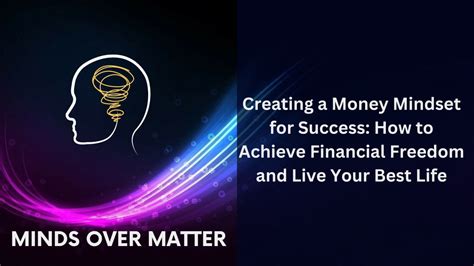Life rarely follows a perfectly linear trajectory. Despite our best intentions, meticulous planning, and diligent execution, plans inevitably go off track. It might be a minor hiccup, a sudden roadblock, or a complete derailment. In that precise moment, before any external action is taken, a critical internal process unfolds: our immediate internal dialogue. This silent conversation with ourselves, often subconscious, is not just a reaction; it’s a powerful determinant of our subsequent steps and ultimate outcome.
The Immediate Shockwave: What Thoughts Emerge?
When a plan crashes, the initial internal dialogue can vary wildly, reflecting our personality, past experiences, and current emotional state. For some, it’s a surge of frustration or anger: “Are you kidding me? This always happens!” Others might descend into self-blame: “I should have seen this coming; I always mess things up.” Panic can set in with thoughts like: “It’s over, everything is ruined!” Or perhaps, a more pragmatic, albeit still concerned, reaction: “Okay, what just happened? What’s the damage?”

These initial thoughts are more than fleeting emotions; they are the raw data our minds process, setting the tone for what comes next. A negative, catastrophic internal dialogue often leads to a cascade of unhelpful emotions and reactions, while a more neutral or solution-oriented one opens pathways for constructive engagement.
Decoding Your Self-Talk and Its Impact
Understanding the nature of this immediate self-talk is crucial. Is it:
- Catastrophic: Focusing on worst-case scenarios and declaring defeat. (“There’s no way to recover from this.”)
- Blaming: Seeking fault, either in oneself or others. (“Whose fault is this? I knew this was a bad idea.”)
- Paralyzing: Overwhelmed by the situation, leading to inaction. (“I don’t even know where to start, so I won’t.”)
- Problem-Focused: Identifying the issue neutrally. (“The server crashed, rendering our presentation inaccessible.”)
- Solution-Oriented: Immediately seeking alternatives or mitigating factors. (“Okay, this is a setback. What are our options? Is there a backup?”)
The type of dialogue you engage in dictates the physiological and psychological responses. Catastrophic thinking can trigger a fight-or-flight response, clouding judgment. Problem-focused thinking, conversely, activates the prefrontal cortex, the brain’s center for rational thought and planning.
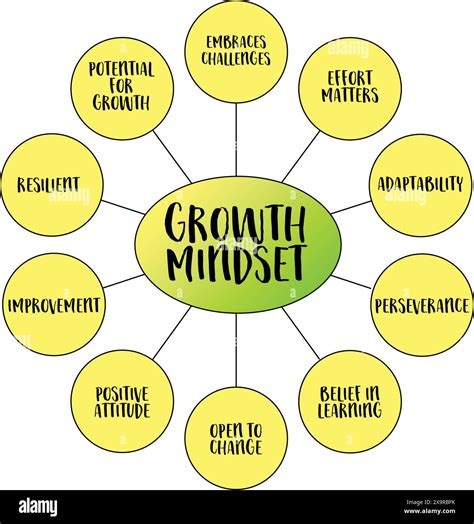
Shaping Your Next Step: From Thought to Action
The link between internal dialogue and external action is direct and profound. If your immediate self-talk is one of despair, your next step might be to give up, procrastinate, or lash out. If it’s blaming, you might spend valuable time in conflict rather than problem-solving. However, if your internal dialogue shifts towards curiosity, inquiry, and resilience, your next steps become proactive and strategic.
A resilient internal dialogue allows you to:
- Pause and Assess: Instead of reacting impulsively, you take a moment to understand the scope of the problem.
- Reframe the Setback: Viewing it not as a failure, but as an unexpected challenge or a learning opportunity.
- Ask Solution-Oriented Questions: “What’s the core issue? What resources do I have? Who can help? What’s the smallest step I can take now?”
- Tap into Creativity: Unshackled by negative emotions, your mind can explore alternative pathways and innovative solutions.
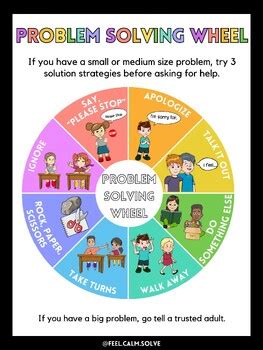
Cultivating a Resilient Internal Dialogue
The good news is that our internal dialogue is not fixed; it’s a habit we can consciously reshape. Here’s how to cultivate a more resilient response when plans go awry:
- Acknowledge Emotions, Don’t Dwell: It’s okay to feel frustrated or disappointed. Acknowledge these feelings without letting them consume you.
- Practice Mindfulness: Become an observer of your thoughts. When a negative thought arises, simply notice it without judgment, and then gently redirect your focus.
- Challenge Negative Self-Talk: When your inner critic pipes up with catastrophic statements, ask for evidence. Is it truly “all over”? What’s the most realistic outcome?
- Focus on Controllables: Identify what is within your power to influence right now. Let go of what isn’t.
- Adopt an “Explorer” Mindset: Approach the unexpected deviation with curiosity. “Interesting. What’s the new landscape now?”
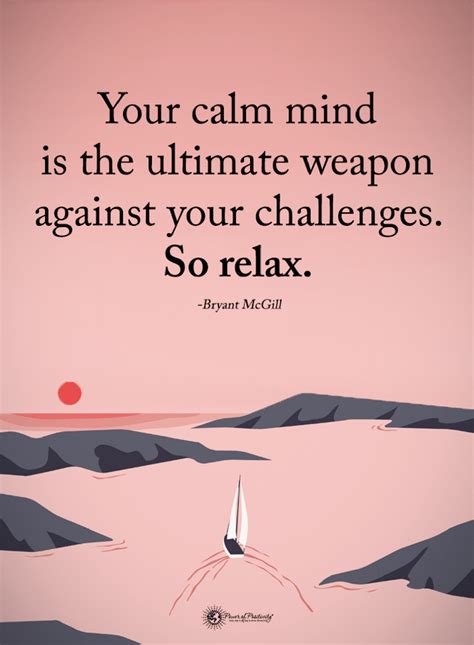
From Internal Shift to External Action
Once your internal dialogue shifts, your external actions will naturally follow suit. Instead of paralysis, you engage in active problem-solving. This might involve:
- Re-evaluating the original goal and identifying new pathways.
- Brainstorming alternative strategies with colleagues or mentors.
- Breaking down the new challenge into smaller, manageable steps.
- Seeking out new information or resources.
- Communicating transparently with stakeholders about the change in plans and proposed solutions.
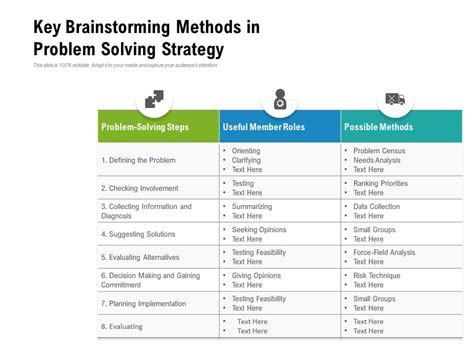
Conclusion
The moment a plan veers off course is a crucial juncture, not just for the plan itself, but for our personal growth. Our immediate internal dialogue acts as the rudder, steering us either into despair and inaction or towards resilience and innovation. By becoming more aware of this inner conversation and deliberately choosing a more constructive narrative, we empower ourselves to not just recover from setbacks, but to leverage them as opportunities for learning, adaptation, and ultimately, greater success.

